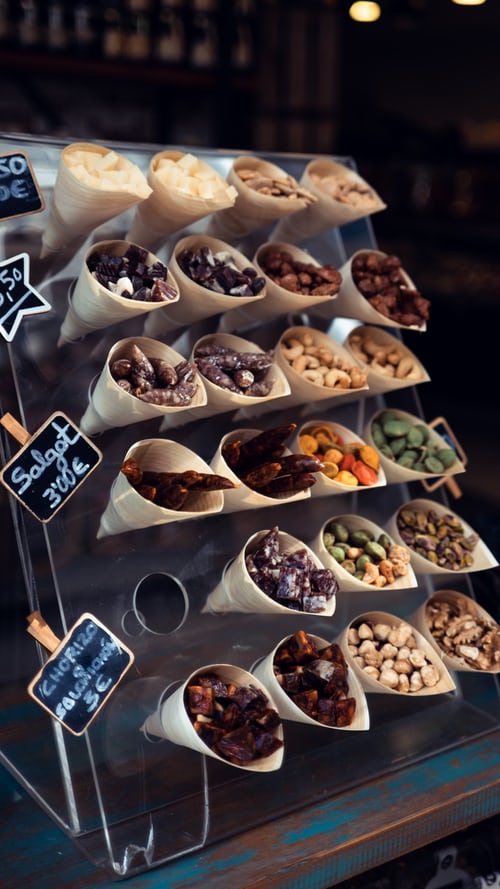Last Sunday’s ‘Cheese toastie day’ and September ‘Shake’ month seem unusual celebrations but I’m not one to turn down an opportunity to talk about food. Those timely celebrations link to my recent opinion piece on how to up-health takeaways, in that we’ll look at how to up-health these two favourite snacks.
Whilst both of these celebration days are not as well known here, the food items they celebrate definitely are. Being simple and fast to make; and having the versatility of multiple versions catering to different palates you can see why they are a staple in most cafés and restaurants.
The cheese toastie was first invented by the American Sizzler restaurant creator in 1958. Evidence of its popularity, especially among the younger generation, can be seen by the inclusion of this food item on almost all children’s menus from cafes to silver service restaurants. Further evidence of its increasing popularity can be seen by the creation of this year’s inaugural ‘Great New Zealand Toastie Takeover competition’.
Despite my children thinking a cheese toastie was a no fly zone for their mum ‘up-health’ing their food, much to their horror it is definitely possible to ‘up-health’ a cheese toastie. Let’s look at the basic and simple bread and cheese combination first. Simply substitute paleo bread for normal bread and a nut based ‘cheese’ for normal cheese. Adding leafy greens and/or tahini will increase the calcium (and other micronutrient) concentration. If you need a more cheesy flavour try a sprinkle of nutritional yeast. Removing gluten helps reduce the incidence of non-coeliac gluten sensitivity (NCGS) (1) and removing dairy can help reduce the incidence of osteoporotic bone fractures at the very least (2).
Other ways to ‘up-health’ your toastie requires a dash of imagination and a pinch of basic nutritional knowledge. My favourite toastie will hopefully give you some clues as to how to do this. It consists of Paleo bread, cashew ‘cheese’, activated seeds, grated courgette, and spinach. Sometimes I’ll add salmon and if adding avocado and/or sprouts I usually do this after it is toasted.
‘Shakes’ were first invented in 1885, and originally included whiskey and eggs. They were designed to be both a tonic and a treat. In the 1900s ice cream was added and by 1940 the whiskey had been taken out and shakes were a popular food item in almost every American diner. They were originally, and still are in the USA, called ‘shakes’ because the ingredients were shaken. The invention of the blender in 1911 allowed a smoother consistency and likely lead to the more usual name (at least outside of America) of smoothie.
Most smoothies contain ice-cream and bananas with many also containing honey, maple syrup or artificially flavoured syrups. These can make an average smoothie around 400-500 calories with 8 teaspoons of sugar. With an average woman only needing around 2000 calories per day to maintain their weight, and the WHO recommending sugar intake be less than 6 teaspoons of sugar per day, this is a significant contribution.
Some simple steps to ‘up-health’ your smoothie include using a coconut water or a dairy alternative as the liquid ingredient. Using lower fructose fruits such as berries and kiwi fruit will help lower the content of fructose. With fructose a unique sugar that can only be processed by your liver, it is no surprise that it is excess fructose is linked to non-alcoholic fatty liver disease (3). An obvious improvements is to leave out the ice-cream and if you need a creamier texture try using a ripe avocado. A plant-based protein powder can increase the nutritional content of the smoothie. My other favourite ingredients include cacao powder and also seeds and nuts which most blenders can handle and add a source of ‘good’ fats.
With many patients we need to be more realistic and not expect to change every nutritional habit in one go. Take baby steps and simply aim to help them change one food item at a time by ‘up-health’ing it. Also bring in these ‘up-health’ed versions randomly and gradually phase out the old versions or save for special occasions. These strategies will increase the likelihood of patient compliance and retention. It will also give your patients a sense of achievement and belief that they can do more.
References
- https://www.sciencedirect.com/science/article/pii/S0261561414002180
- https://academic.oup.com/ajcn/article/89/5/1638S/4596954
- https://www.ncbi.nlm.nih.gov/pubmed/23390127

